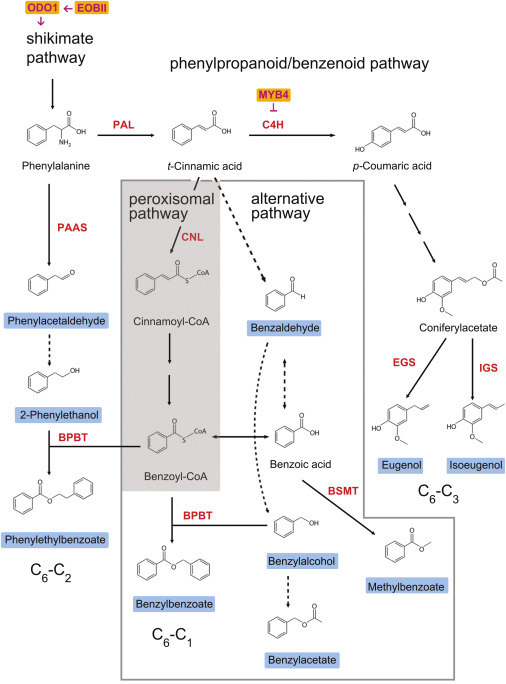
Gain and loss of floral scent with shifts in pollination strategies
Plant Science Research Weekly, Research0 Comments
/
Two papers in Current Biology examine the genetics behind plant-pollinator interactions , focusing on genes controlling floral scent. Amrad et al. 10.1016/j.cub.2016.10.023 explore differences between bee, hawkmoth and hummingbird pollinated species of Petunia. They identify changes in expression in…

Sub-Antarctic plants warm up themselves
Plant Science Research Weekly, ResearchHigh latitude and altitude plants experience short growing seasons, consistent low temperatures, windy environments and unpredictable sunny spots. These plants are usually small and rely on self-pollination, but in Campbell, a Sub-Antarctic island, there are gardens of megaherbs that defy the predictions…

Evolution of fruit types in the Rosaceae family
Plant Science Research Weekly, ResearchThe evolution of fruits might have been the most important feature that made angiosperms so successful. Fruits protect seeds and contribute to seed dispersal, as well as comprise a food source for humans and other animals, therefore, studying their evolution would help us shed light on the evolution…

Genetic basis of primrose floral dimorphism
Plant Science Research Weekly, ResearchSelf-fertilization in Primula is avoided by the production of two flower forms (morphs), one with a long style in which the stigma is elevated above the anthers (the L morph or pin) and one with a short style in which the anthers are well above the stigma (the S morph or thrum), although there are also…
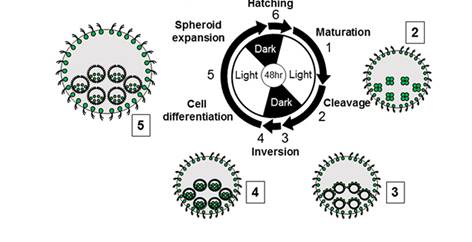
Review: Volvox as a developmental model
Plant Science Research Weekly, ResearchMatt and Umen introduce the multicellular green alga Volvox carteri as a model for developmental studies. They provide an overview of embryonic patterning including the role of asymmetric cell divisions, inversion, (a process with some similarities to vertebrate gastrulation), and the role of cell size…
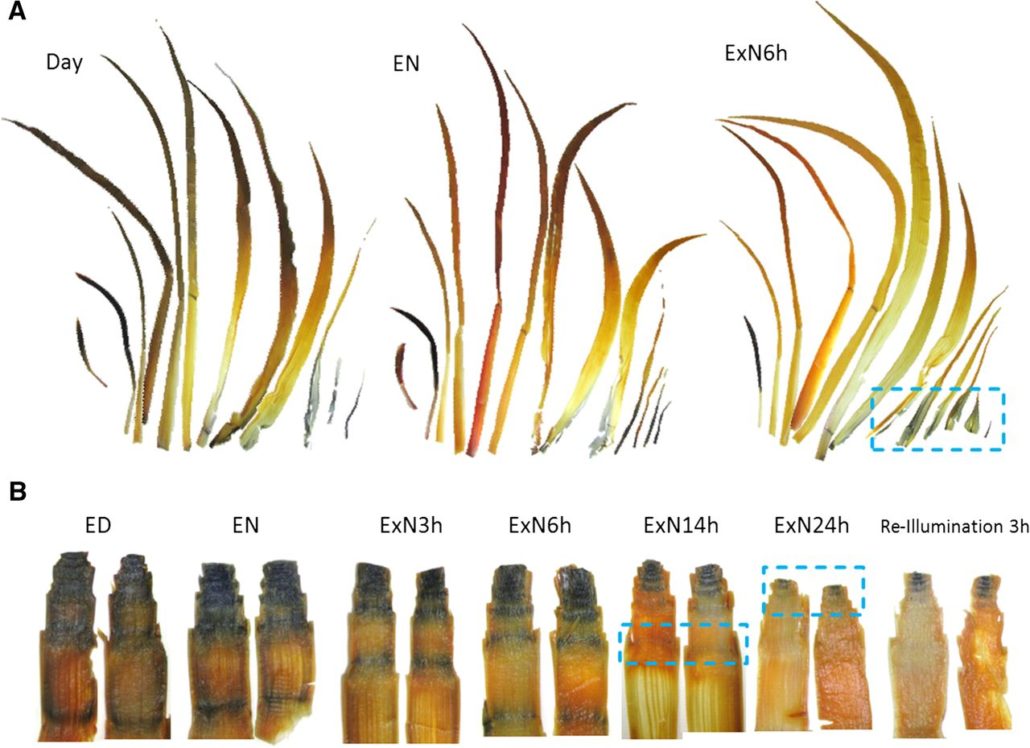
Best of 2016: Top Topics in Plant Physiology jounal
Blog, Research, Research Blog
We’ve highlighted some of the Plant Physiology papers that were widely shared, liked, blogged, retweeted and otherwise garnered high-levels of attention this year. Perhaps you can use some of that holiday-season quiet time to catch up on those you missed.
The breakaway attention-getter from Plant…
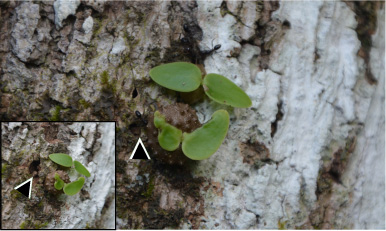
Plant farming by ants ($)
Plant Science Research Weekly, ResearchFarming mutualisms, in which an organism benefits from another to promote growth, have evolved in many lineages. In particular, symbioses between plants and ants are mostly defensive mutualisms. In this paper, Chomicki and Renner describe the obligate mutualism observed between epiphytes in the genus…

Evolutionary origins of stomata ($)
Plant Science Research Weekly, ResearchQuestions remain about the evolutionary origins and functions of stomata. They are absent from liverworts, present to a limited extent in mosses, and are found on 410 million year-old fossils of Cooksonia, a leafless plant. Chater et al. show that orthologs of two key transcription factors that control…
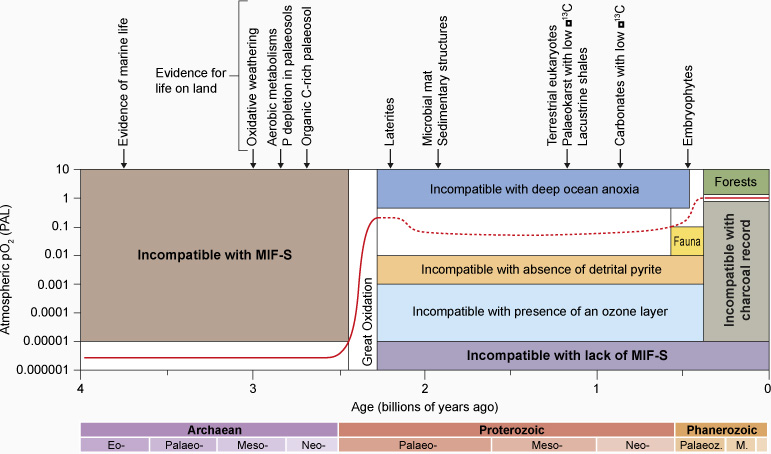
Review: Biogeochemical effects of early life on land
Plant Science Research Weekly, ResearchEarth colonization by life happened billions of years ago. Weathering of soils by microbial mats leave a characteristic signal that can be used to shed light on the mechanisms involved in colonization. In this review, Lenton and Daines discuss the growing mass of evidence that points to the biogeochemical…

